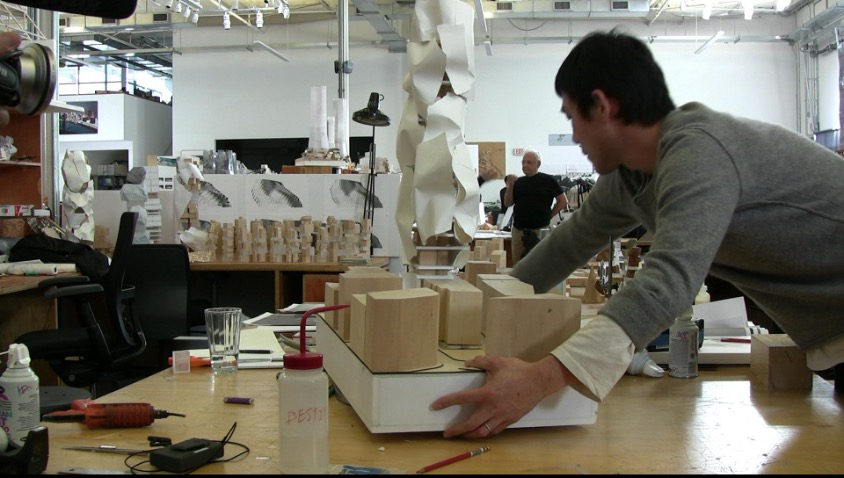Could Architectural Competitions Bring Value to our Cities?
During the pandemic, we saw a rise in clients selecting architects through a (usually) poorly paid design competition.
Although this process was lamented as hurting the industry, I recently read an interesting article written by Gethin Davinson which offered an intriguing counter-point. In his article “‘Beauty’ in architecture can’t be enforced – but design competitions could help architects strive for it” written for The Conversation, Davinson makes a case for the design competition.
Initially drawing on precedents in the English planning system, which include ‘beauty’ as an explicit objective in an attempt to reduce NIMBY-ism – a key factor holding back crucial housing developments – Davinson suggests that design competitions could be a way to move forward.
How does one design beautifully though? Who could be a fair judge of this subjective trait?
In Sydney, although beauty isn’t mandated, the design process is and the pursuit to find ‘design excellence’ is highly regulated… but is it working? I think most would argue that it’s not.
Davinson says: “Design competitions have a reputation for being costly and unpredictable, but they don’t need to be. The UK government wants to better enable communities to take control of their housing future. Competitions are a proven way of engaging members of the public in debate about the relative merits of different designs for a site or area. There’s no reason why those members of the public couldn’t also be part of the judging process.”
Importantly, I wonder what effect this would have on architects, how can we ensure the increased time and effort are rewarded fairly?






